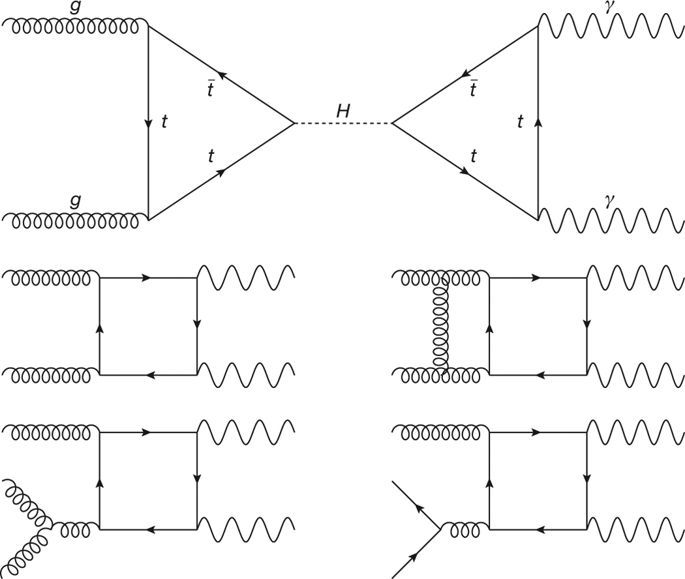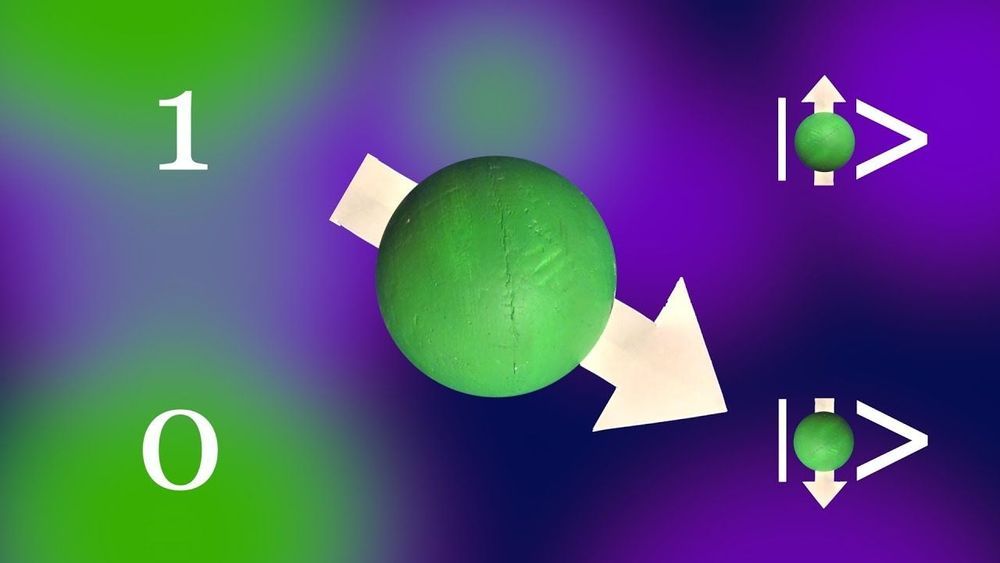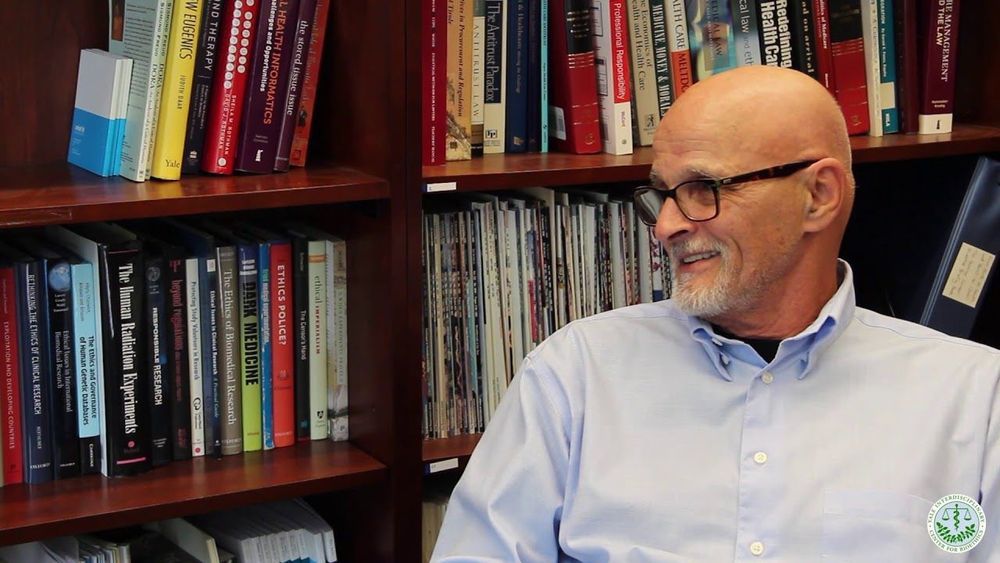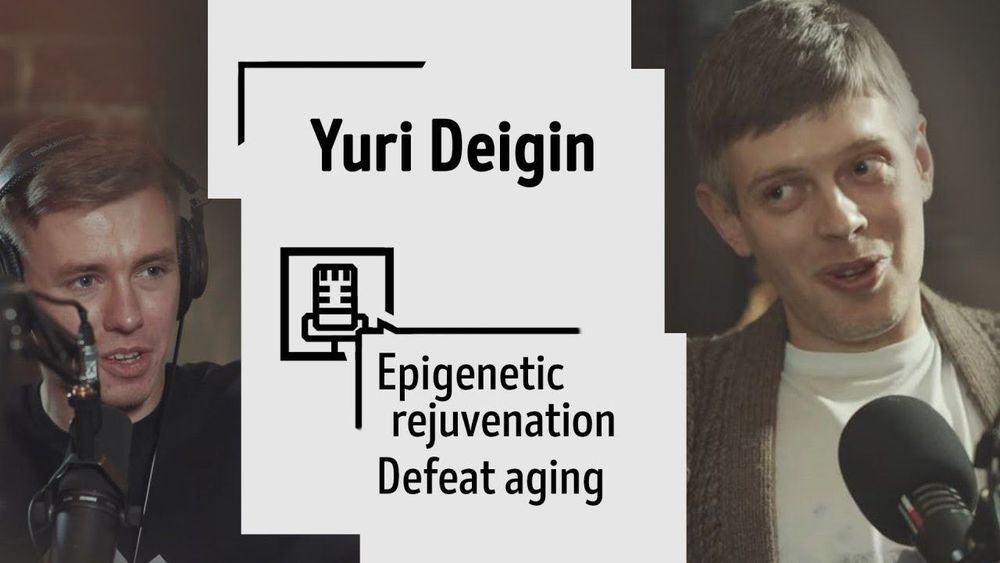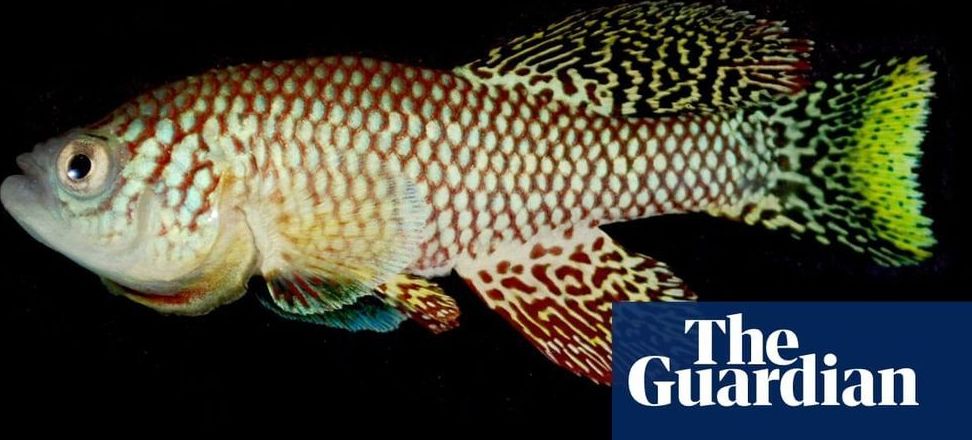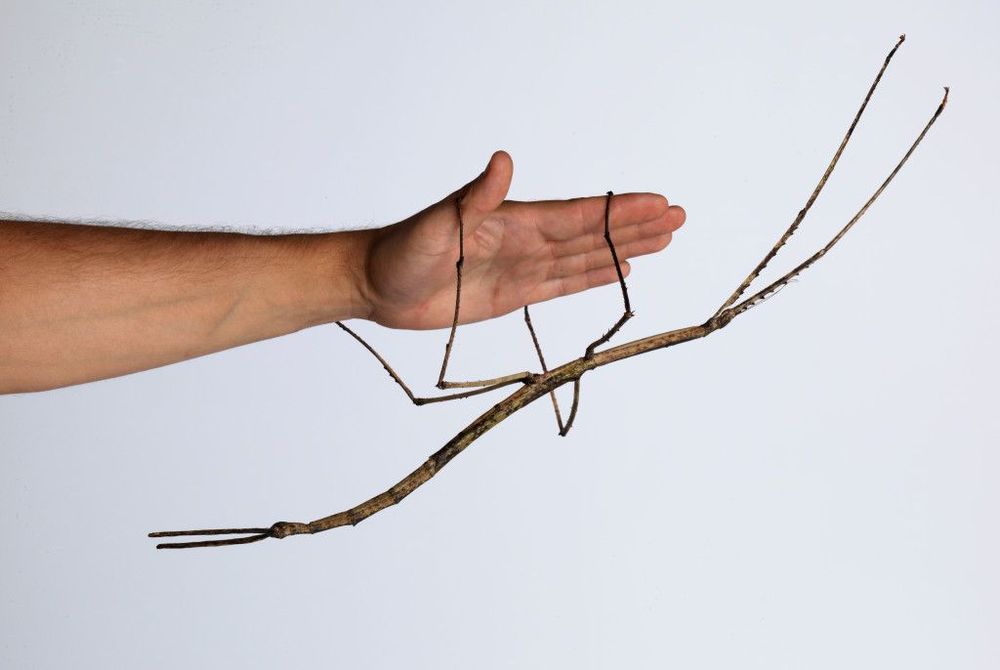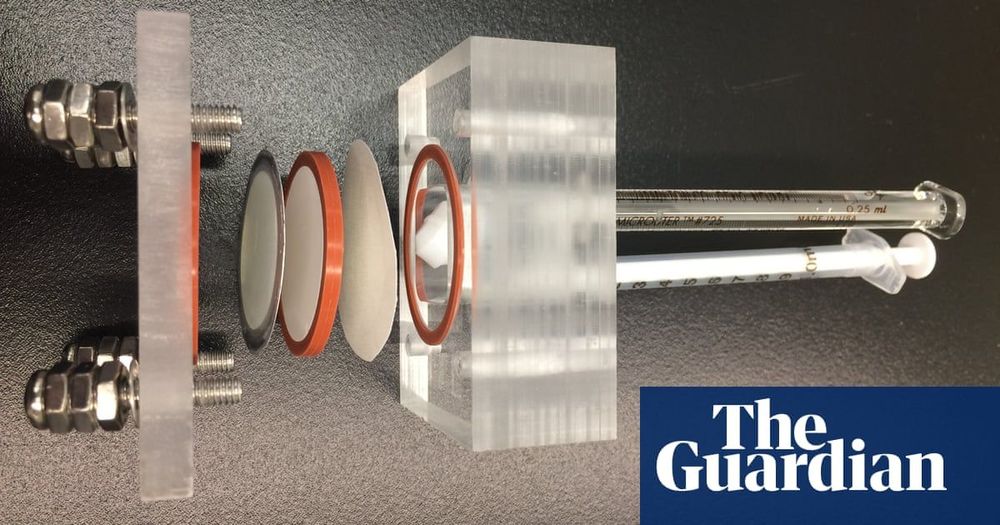Feb 21, 2020
Data for praying mantis mitochondrial genomes and phylogenetic constructions within Mantodea
Posted by Quinn Sena in categories: biotech/medical, genetics
In this data article, we provide five datasets of mantis mitochondrial genomes: PCG123: nucleotide sequences of 13 protein-coding genes including all codon positions; PCG123R: nucleotide sequences of two rRNAs and 13 protein-coding genes including all codon positions; PCG12: nucleotide sequences of 13 protein-coding genes without third codon positions; PCG12R: nucleotide sequences of two rRNAs and 13 protein-coding genes without third codon positions, and PCGAA: amino acid sequences of 13 protein-coding genes. These were used to construct phylogenetic relationships within Mantodea and the phylogenetic trees inferred from Bayesian analysis using two data sets (PCG12R, PCGAA) and Maximum Likelihood analysis using four data sets (PCG123, PCG12, PCG12R and PCGAA). We also provide initiation codon, termination codon, amino acid length and nucleotide diversity (Pi) of protein-coding genes among 27 mantises. The whole mitochondrial genomes of 27 praying mantises were submitted to GenBank with the accession numbers KY689112 – KY689138.
